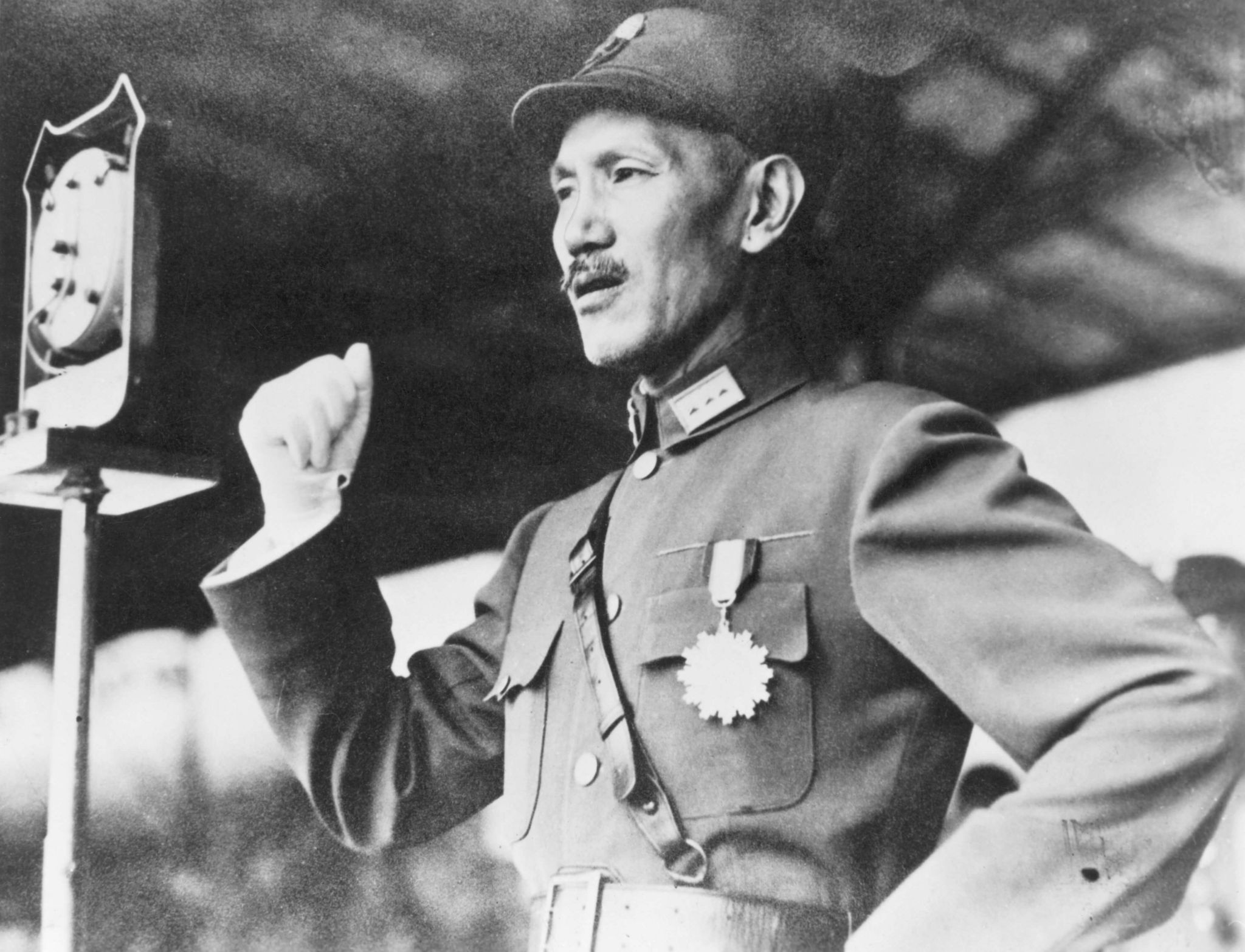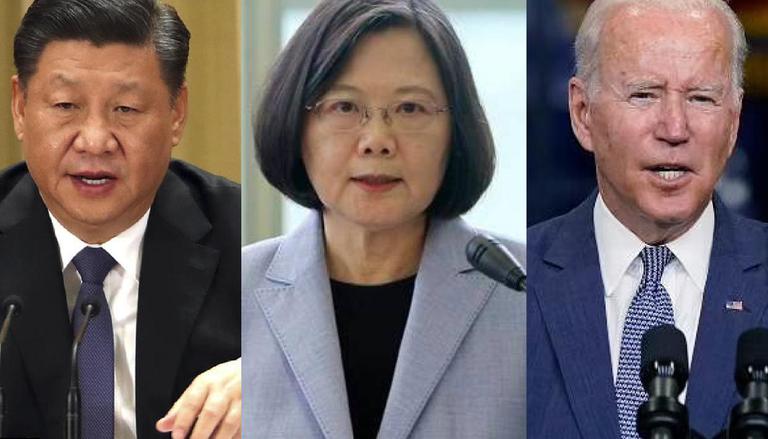A visit by Nancy Pelosi, a speaker of the US House of Representatives, has exacerbated tensions over Taiwan and further strained ties between Washington and Beijing.
The Chinese government views Taiwan as a separatist province that will eventually reintegrate into the nation, which is at the root of the conflict.
Whether or not independence is ever formally proclaimed, many Taiwanese still consider their uninhabited islands to be separate nations.
The history between China and Taiwan: What actually happened?
The earliest known inhabitants of Taiwan were Austronesian tribal people, said to have come from what is now southern China. Beijing utilizes this historical fact to support its claim to the island, which first appears in Chinese annals in AD239 when an emperor dispatched an expeditionary army to explore the region.
 Chiang Kai-shek, once the leader in China, fled with his supporters to Taiwan
Chiang Kai-shek, once the leader in China, fled with his supporters to Taiwan
Source: BBC News
Taiwan was governed by China’s Qing dynasty from 1683 to 1895 after a relatively brief period (1624–1661) as a Dutch possession.
Significant numbers of immigrants from China began to arrive starting in the 17th century, frequently escaping unrest or hardship. Most were Hakka Chinese, mostly from Guangdong or Hoklo Chinese from the province of Fujian (Fukien). The island’s greatest demographic groups now are by far their descendants.
The First Sino-Japanese War was won by Japan in 1895, and as a result, the Qing government was compelled to hand over Taiwan to Japan. Following World War Two, Japan gave up possession of the land it had seized from China.
With the support of its allies, the US and the UK, the Republic of China (ROC), one of the war’s winners, took over as the island nation’s ruler.
However, civil war followed in China in the following few years, and Mao Zedong’s Communist army overcame the forces of the country’s then-leader Chiang Kai-shek. In 1949, Chiang, the surviving members of his Kuomintang (KMT) cabinet, and their supporters—roughly 1.5 million people—fled to Taiwan.
Even though they only make up 14% of the population, this minority, known as the Mainland Chinese, long controlled Taiwan’s politics. In exile in Taiwan, Chiang built a government that he oversaw for the following 25 years.
Taiwan’s “father of democracy,” President Lee Teng-hui, oversaw constitutional amendments that eventually allowed Chen Shui-bian to become the island’s first non-KMT leader in 2000.
Relations between China and Taiwan.
As Taiwan loosened restrictions on travel to and investment in China, relations began to improve in the 1980s.In 1991, it declared that the battle with the People’s Republic of China would be over.
China proposed the so-called “one nation, two systems” option, claiming that in exchange for Taiwan’s agreement to come under Beijing’s jurisdiction, it would provide Taiwan with a significant amount of autonomy.
This system facilitated Hong Kong’s transfer to China in 1997 and the administration of the territory up until recently, when Beijing moved to tighten its grip on the region.
Unofficial delegates from China and Taiwan continued to hold brief discussions despite Taiwan rejecting the offer and Beijing’s insistence that Taiwan’s ROC government is not legitimate. Then, much to Beijing’s concern, Taiwan chose Chen Shui-bian as its president in 2000. Mr Chen and the Democratic Progressive Party (DPP) he leads had publicly supported “independence.”
China issued an “anti-secession” law a year after Mr Chen was re-elected, according to which China has the right to employ “non-peaceful methods” against Taiwan if it attempted to “secede” from China.
Ma Ying-jeou of the KMT succeeded Mr Chen in 2008 and attempted to improve relations through commercial agreements. Tsai Ing-wen, the DPP’s current leader and the president of Taiwan today, was chosen eight years later, in 2016.
The rhetoric became even more abrasive in 2018 as Beijing increased its pressure on foreign businesses, threatening to prevent them from conducting business in China if they failed to list Taiwan as a part of China on their websites.
With a record-breaking 8.2 million votes in 2020, Ms Tsai gained a second term in what was widely perceived as a rebuke to Beijing. Many people in Taiwan were keeping a close eye on the upheaval that had been raging in Hong Kong for months due to large-scale protests against the growing influence of the mainland.
Later on, in the same year, China passed a national security law in Hong Kong, which is seen as yet another act of aggression by Beijing.
Where does the US come between China and Taiwan?
Washington has a history of “strategic ambiguity,” to the point where it might use force to intervene if China invaded Taiwan. This country, in its official capacity, abides by the “One-China” policy, which acknowledges only one Chinese government, based in Beijing and has formal ties to Beijing rather than Taipei.
It has, however, also promised to give Taiwan protective armaments and emphasized that any invasion by China would be of “great concern.”

Source: Republic world.
President Joe Biden responded in the affirmative in May 2022 when asked if the US would militarily defend Taiwan. The US position on Taiwan had not changed, the White House promptly stated, and it reaffirmed its support for the “One-China” policy. It similarly goes against Mr Biden’s earlier claims about military assistance for Taiwan.
The Taiwan dispute has also strained ties between the US and China. Since Mr Biden’s victory, Beijing has increased military intrusions into Taiwan’s air defence zone in response to any perceived support for Taipei from Washington.












